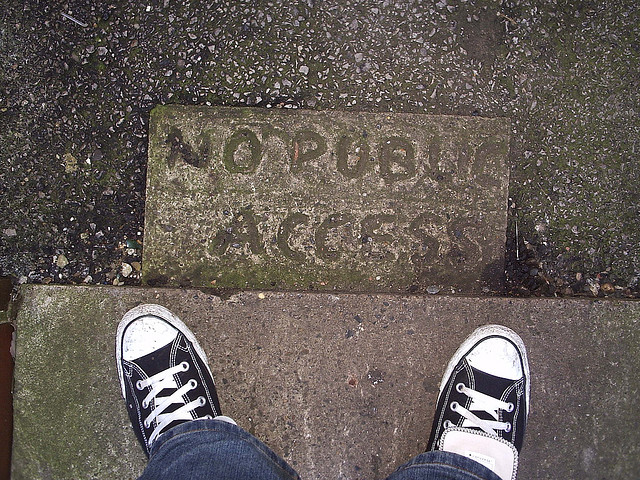
Most companies (big and small) use some form of internal chat. At GoInstant we use HipChat. Most chat applications allow you to create public rooms, private rooms (where you only invite specific people) and message people privately. Some time ago I noticed that we had a lot of private rooms at GoInstant–in some cases for things like marketing or design. It didn’t really make sense. Not everyone has to pay attention to those rooms or even participate, but why hide what’s going on in different areas of the business?
Private messaging is very useful for 1-on-1 conversations, but there’s also the risk that a lot of these conversations should be public, or at the very least, the information from those private chats should be captured in a public fashion for future use, search, etc.
Chat is a useful way of communicating, but if too much of it happens behind closed doors you create a culture of exclusion versus inclusion, and you lose a lot of knowledge that can be valuable later on.
Recently I’ve opened up a bunch of the private rooms at GoInstant. There was no reason to make them private. If others want to pop in and take a look, they can. They might participate as well (you never know where good ideas will come from). I’ve also said a few times during private conversations, “We should really be communicating this publicly.”
Having knowledge publicly accessible is one reason for more public conversations, but so is maintaining a consistent message around culture and expectations. We set high standards at GoInstant, but often communicate those standards privately. That doesn’t help everyone else. If I check in privately on the status of a project, no one else knows what’s going on. There may be related dependencies that are affected; even if that’s not the case, we want there to be awareness across the entire company about what everyone is working on and how things are going.
I still believe there’s a time and place for private conversations. I don’t think I could ever achieve the level of transparency that is espoused by Joel Gascoigne at Buffer. Buffer is well known for being incredibly transparent about everything–even salaries.
Chat can be an effective tool for encouraging transparent communication. At GoInstant, we have a chat room per project, but we leave those open. We have a few chat rooms around certain functions, be it marketing, product design, business development, and we’re moving to open those up as well.
Private messaging still takes place, and has a place, but most conversations should be in the open. I believe it will result in a more unified culture, better awareness of goals & expectations, and create clarity around how we work and why we do certain things. It opens things up for more discussion, which can be distracting, so you have to be careful about that, but generally it’s a net positive when communication is in the open.
Photo courtesy of fuzzcaminski.
 Founding Partner at
Founding Partner at 